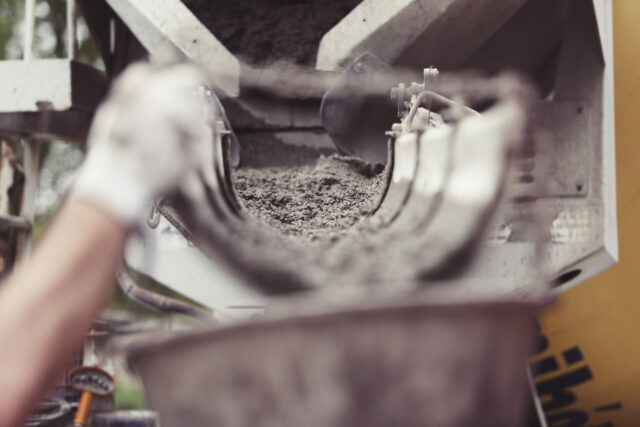Engineers at the University of Michigan (UM) are developing innovative ways to reduce the carbon footprint of cement and concrete.
The second most used substance on earth after water, concrete comes with a hefty carbon footprint. The world produces around 24 billion tonnes of concrete each year. In 2018, the production of cement, the binding ingredient in concrete, accounted for 7 per cent of global carbon emissions.
The University of Michigan’s Center for Low Carbon Built Environment has developed next-generation concrete that produces fewer carbon emissions and is more durable than standard concrete.
Durability has always been a problem with concrete. This inherently brittle material is prone to cracking, which results in the need for repairs that come with high environmental and financial costs. Concrete that bends rather than cracks is safer, longer lasting and requires less energy-intensive maintenance.
In their pursuit to develop bendable, or ‘ductile’, concrete, UM researchers looked to nature for inspiration. Molluscs make nacre (also known as mother of pearl) by laying aragonite platelets made from calcium carbonate in a brick wall formation. An elastic natural polymer acts as the mortar, allowing the hard aragonite to shift when placed under stress while remaining firmly bound together. This gives nacre both strength and flexibility.
UM engineers added tiny fibres to concrete to emulate nacre’s flexible structure. The result is a ductile product known as engineered cementitious composite (ECC). According to UM engineer Victor C. Lee, ECC “can deform up to 3 to 5 per cent in tension before it fails, which gives it 300 to 500 times more tensile strain capacity than normal concrete. This allows a slab of it to undergo a lot of bending without fracturing into pieces.”
ECC’s reduced tendency to fracture requires less steel reinforcement, minimises wear and increases the earthquake resilience of tall buildings due to its capacity to absorb large amounts of energy.
Eco-friendly additives
One strategy to decarbonise the cement industry recommended by the IEA is the use of waste or by-products from one process to create value in another, helping to close the material loop, reduce energy use and reduce emissions in the case of carbon capture and utilisation.
Blended concrete using industrial by-products such as iron slag and coal fly ash, and binder alternatives such as limestone calcined clay, requires less cement, which results in lower emissions and production costs.
Another innovation is CO2-infused concrete, which locks up the greenhouse gas and prevents it from entering the atmosphere. Added in the form of aggregate or injected during mixing, the infused CO2 can improve the concrete’s strength and ductility.
According to UM researchers, “CO2-based bendable concrete can be used for general buildings, water and energy infrastructure, as well as transportation infrastructure.” The material has been used in projects worldwide, including the 54-storey Kitahama tower in Osaka, Japan and roadway bridge slabs in Michigan.














